Merida Scultura Team review
An aerodynamic makeover has breathed fresh life into Merida's climbing platform
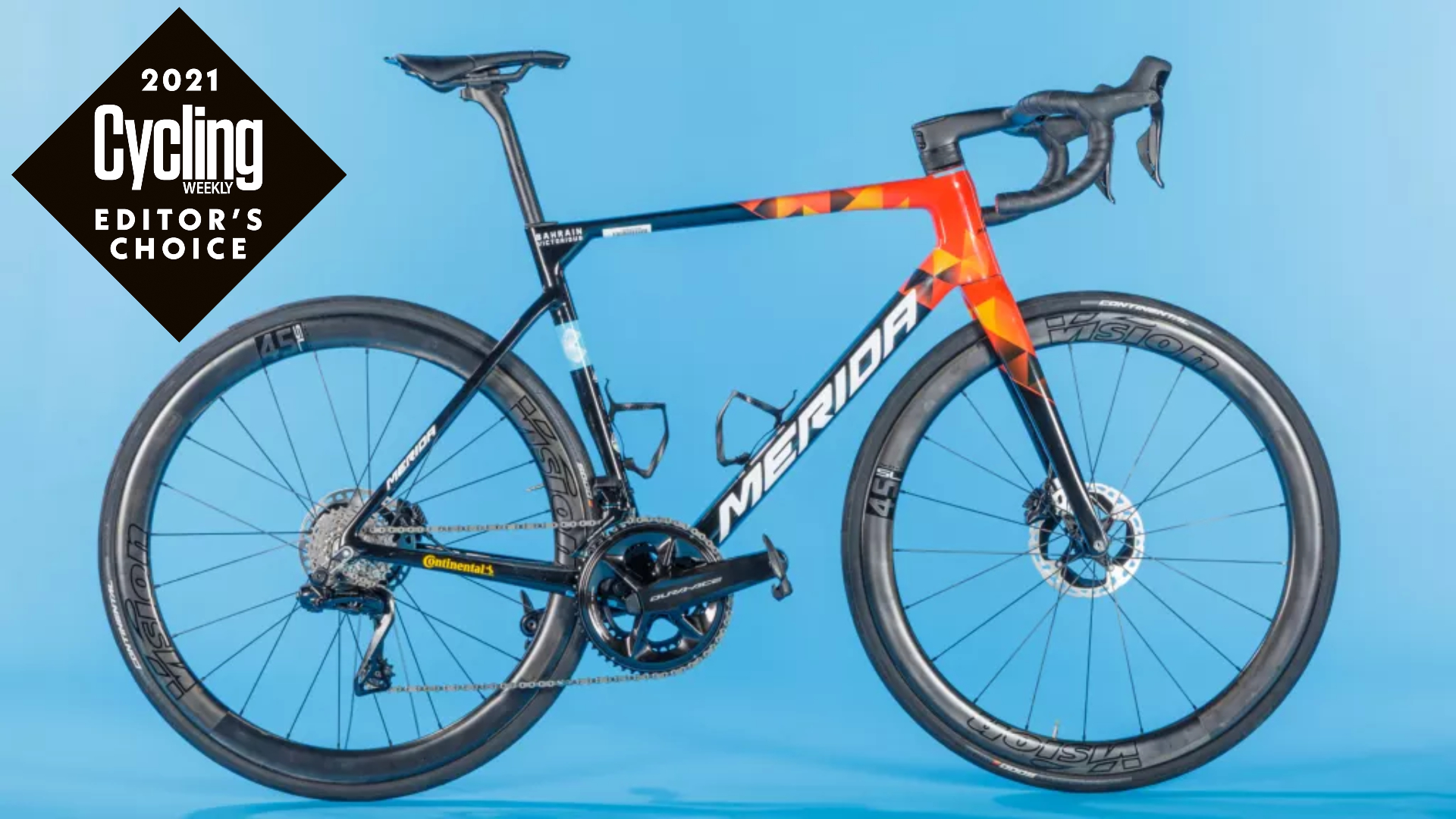
The Merdia Scultura fits squarely into that new breed of aero climbing bikes, offering a lively ride with immediate accelerations, while still being able to happily tick along at a pace when the going gets flat. With WorldTour level builds now commonly sailing £10,000, the £7,750 asking price of the Scultura is even comparatively cheap. Comparatively.
-
+
Excellent all-rounder with low weight and good aerodynamics
-
+
Great value (for a WorldTour spec bike)
-
-
Frame weight isn’t very competitive
-
-
Vision Metron wheels are twitchier in crosswinds than their depth would suggest.
You can trust Cycling Weekly.

Although the Scultura platform started out as Merida’s pure lightweight climbing platform, this fifth iteration has been subject to some pretty significant changes.
There’s been no dilution to its racing pedigree, though – this is the exact same frame and build as used by WorldTour team Bahrain Victorious. It’s just that these days there’s more to making a climbing bike fast than just shaving off a few grams (which Merida has also done, for good measure).
Aerodynamics and rider comfort are two more sources of speed which the new Scultura has been heavily tapping into. While is a bike designed expressly with WorldTour podiums in mind, that confluence of qualities has resulted in a wonderfully balanced bike which is actually a pleasure to ride.
Frame
To put some numbers on those weight savings, in a size medium this fifth iteration of the Scultura is claimed to save 38g over the outgoing Scultura IV frame, bringing the weight down to a claimed 822g. Now, this isn’t exactly pushing the boundaries of frame design: for comparison, the Specialized Aethos is claimed to weigh 699g in a size 56cm. But then again, even the previous Scultura with its extra 38g could still be built to the UCI weight limit of 6.8kg.
With that hard limit on just how light the pros can go, and with aerodynamics becoming the dominant force when you get above 16kph (for context, the fastest times up Mont Ventoux are over 20kph), it’s easy to see why Merida has ported over so many features from its Reacto aero bike.
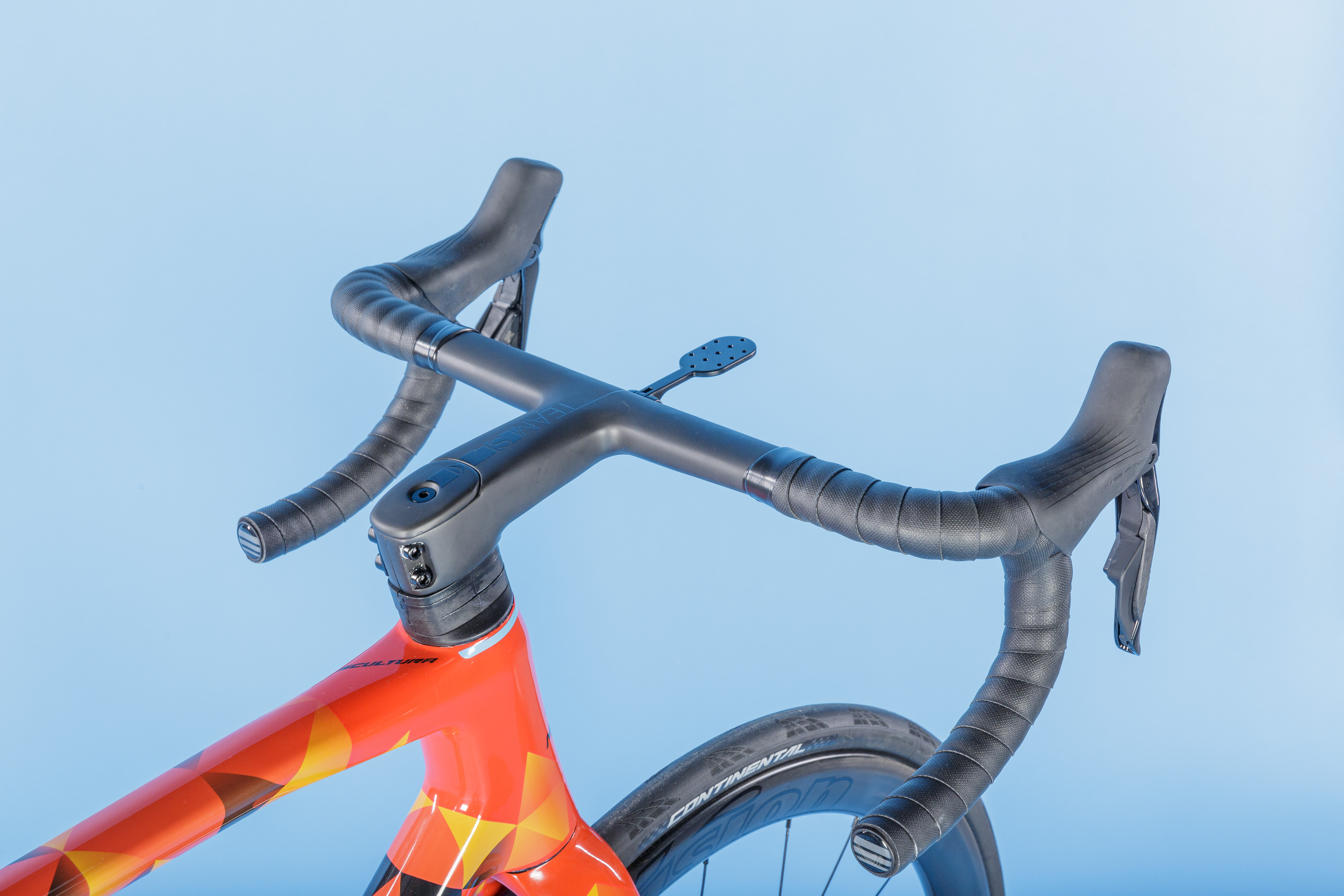
The tubing has become a little more boxy than previous, the seatstays have been dropped, and the cables are now routed through the headset rather than entering at the top of the down tube – which has the added benefit of a clean aesthetic, albeit with something of a sacrifice to the ease of the initial build and component swaps.
In total, Merida claims that these changes have resulted in an (approximately) 10 watt saving at 45kph, compared to the previous Scultura.
Regarding the ride quality, Merida has approached this from two ends. Firstly, the seat tube has been shortened by 40mm, and with the seatpost being clamped a little further down there’s more scope for it to flex.
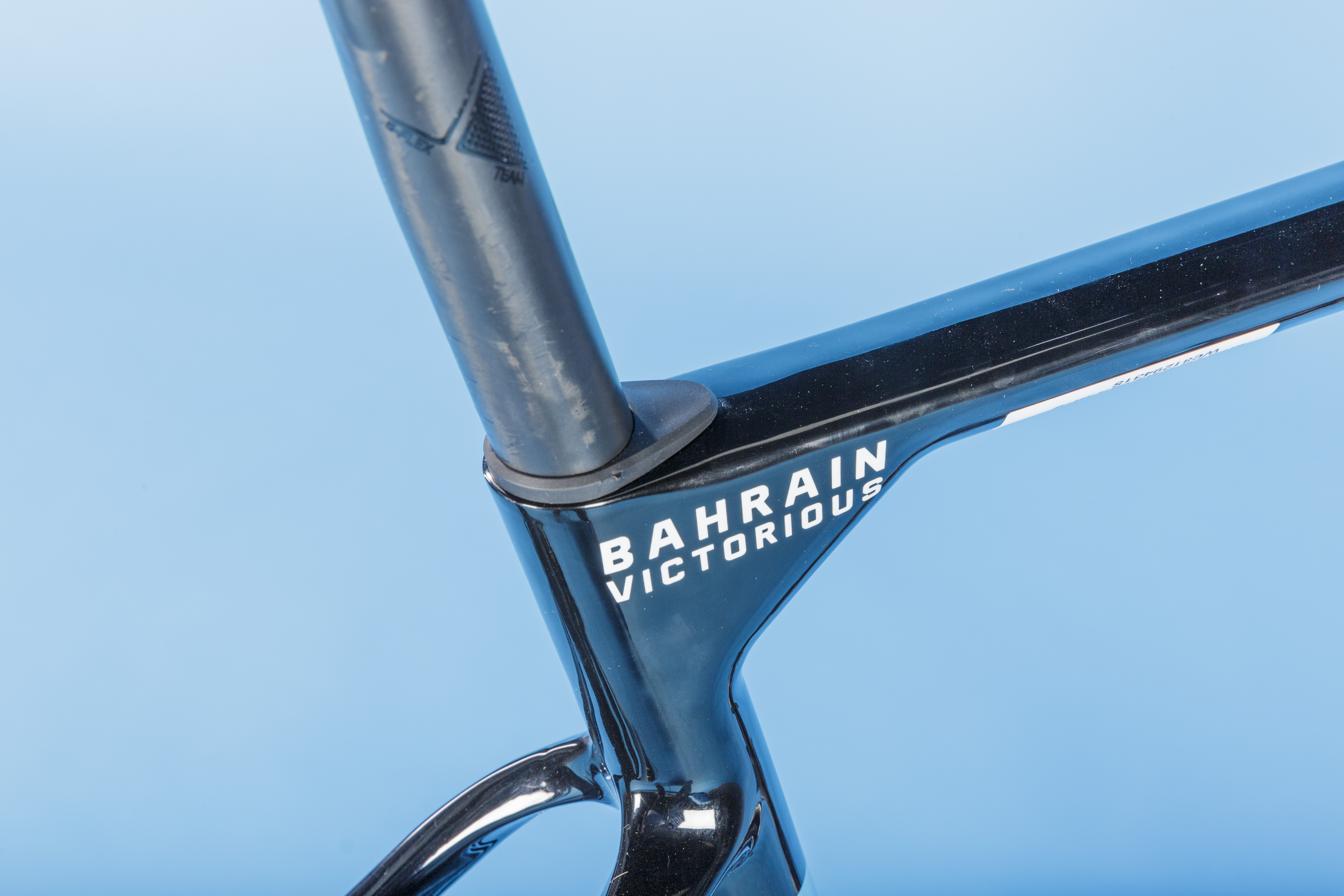
The tyre clearances have also been increased, with the Scultura V now rated to take up to a plump 30mm – although it looks like you could fit in some much wider rubber if you really wanted to maximise comfort.
The geometry has been designed to give an identical fit to the Reacto aero bike, to make it easier for the Bahrain Victorious’ riders to switch between the models. As such, the stack in my size large is 571mm with the reach standing at 400mm.
The headtube and seatube angles are pretty close with 73.5 degrees for the former and 73 dead-on for the latter. With chainstays of 408mm and a BB drop of 66mm, it’s all pretty in line with what you’d expect from a race focused bike.
Specification
Despite the ongoing struggles with availability, Merida was able to get the Scultura Team to us complete with the new Dura-Ace R9200 groupset.
XTR rotors, with their superior heat resistance, from Shimano’s mountain bike line have become an official inclusion with the 160mm size chosen for both front and rear. These, in conjunction with the redesigned calipers and Merida’s own cooling fins, mean that you would be very unlikely to overheat the brakes.
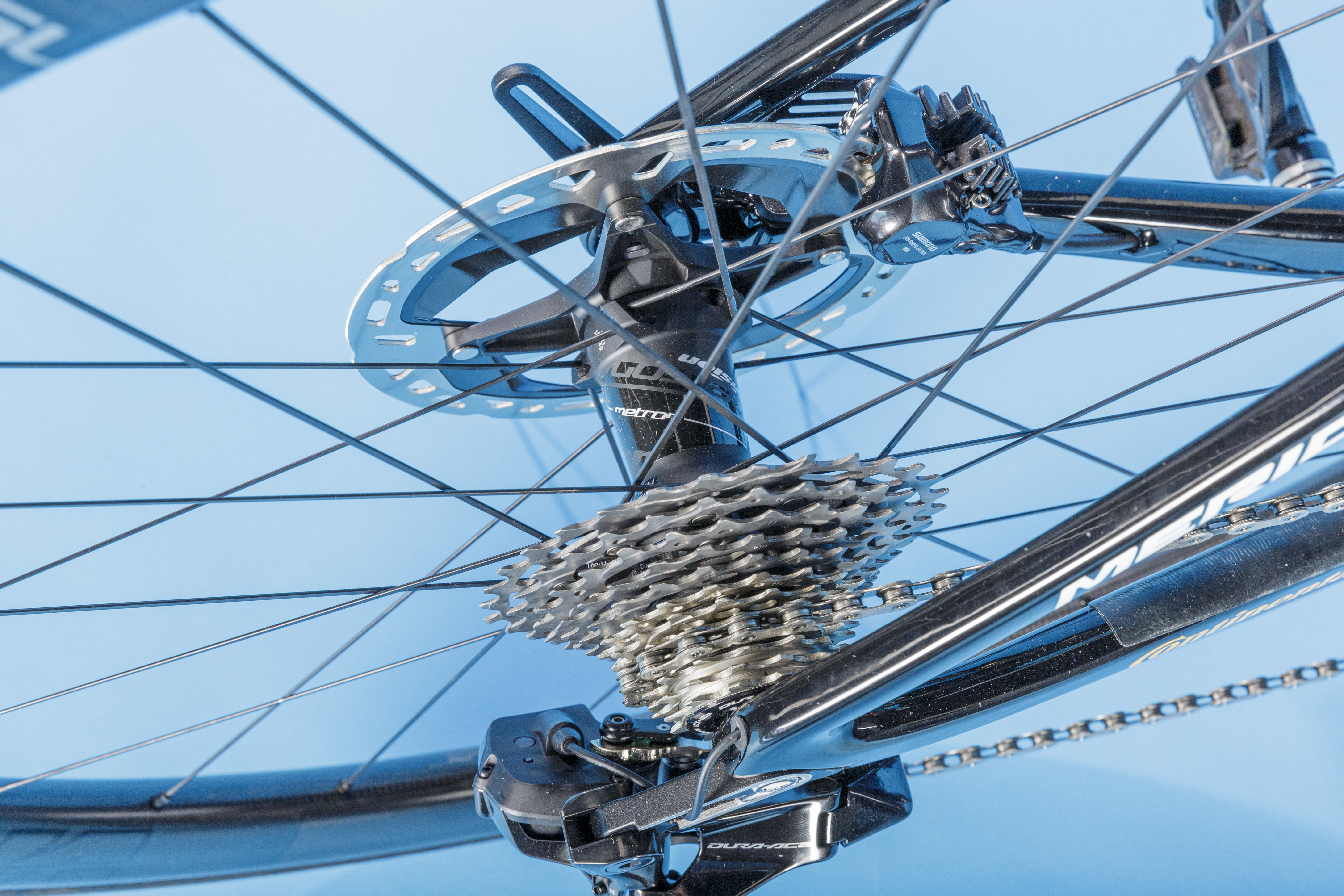
With the racing credentials of this bike, the gearing is on the more aggressive side. The 11-30t cassette might sound quite wide, but with the additional 12th sprocket, the jumps are actually a little tighter than on the ubiquitous 11-speed 11-28t cassette. Although Shimano is offering a 54/40t crankset for the pros, the Scultura Team comes with a 52/36 semi compact – with an integrated power meter.
Rolling on a set of Vision Metron 45 SL wheels, these might strike as a little deep for climbing but the claimed weight is impressively low at 1,372g – and that’s despite sticking with a hooked rim profile, which is often blamed by other brands for adding extra weight. With the downside minimised, the positives of hooked rims can be fully enjoyed, namely, much greater compatibility with different tyres, such as the specced Continental GP 5000, which are a firm favourite at CW.
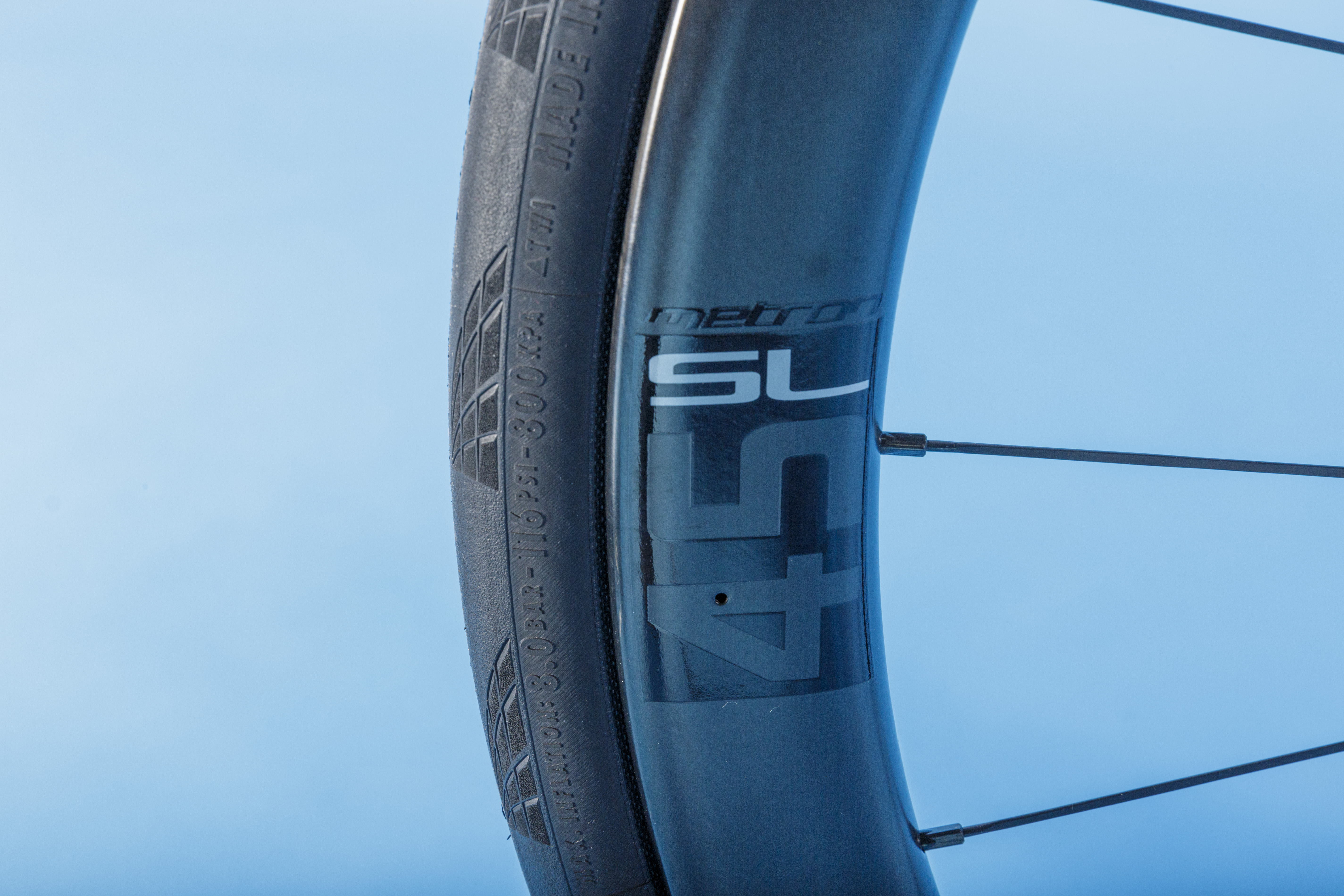
Although the hookless bandwagon hasn’t been jumped on, the wheels are bang up to date in other respects, with a blunt U-shaped profile for greater crosswind stability and a very wide external rim width of 31.1mm to create an optimal interface with 28mm tyres. Internally, the rims are also quite modern, with a 21mm width to provide better sidewall support at lower pressures.
The move to an integrated bar and stem might have helped save a few watts, but it does make getting the bike fit spot-on both more difficult and more expensive. On the other hand, it is good to see that Merida has stuck with a traditional round 27.2mm seatpost, rather than producing yet another proprietary component.
The ride
The new Scultura’s blend of aerodynamic efficiency and a relatively low weight may have winning medals and stages as its primary focus, but it’s also just simply fun to ride.
In most cases an aero bike might well be faster, but the heavier weight does tend to dampen that feeling of immediate response and playful liveliness – which the Scultura has in spades.
At the same time, pure, ultra-lightweight bikes have their own drawbacks. Accelerations and hills might be dispatched with ease, but on the flat it can feel like a constant fight to not lose speed.
Although the Scultura doesn’t quite have that knife-through-butter sensation of a full-on aero bike, to give another gastronomic analogy, you don’t feel like you’re riding through treacle.
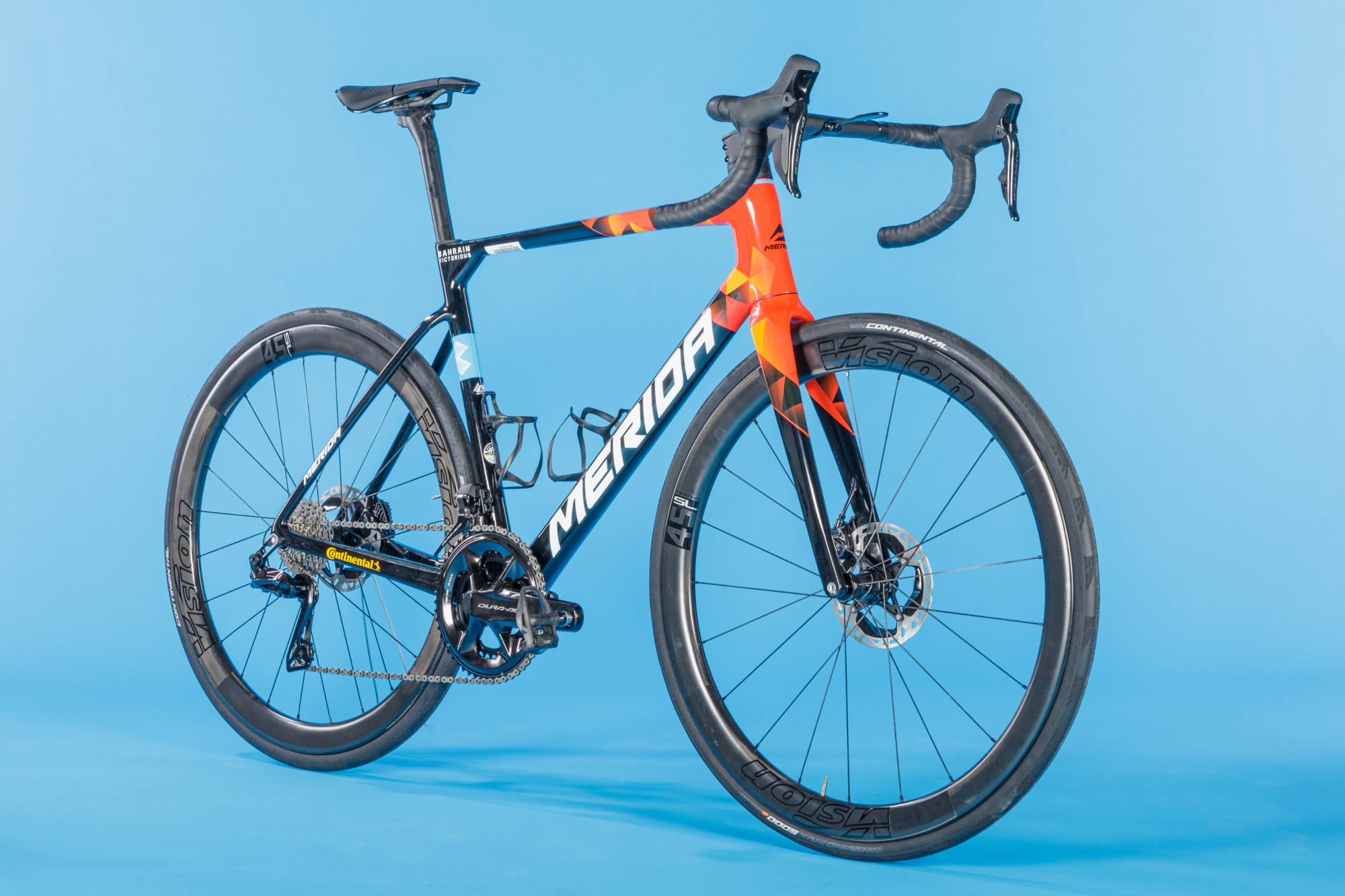
Of course, the flipside to a jack of all trades is being a master of none – I wouldn’t choose this bike for a hill climb or a road bike TT, for instance. But aside from those very specific use cases, I never got the sense that one element was compromising the other.
For instance, while in Girona, Spain for Sea Otter Europe, I took the bike up the Rocacorba climb which is 10km long with an average gradient of 7.4 per cent and averaged 15.1kph. Very likely I would have been a bit faster on an even lighter bike, but the Scultura was still plenty feathery enough that I didn’t feel held back – and I then got to fully enjoy the fast and gently rolling route back into the city.
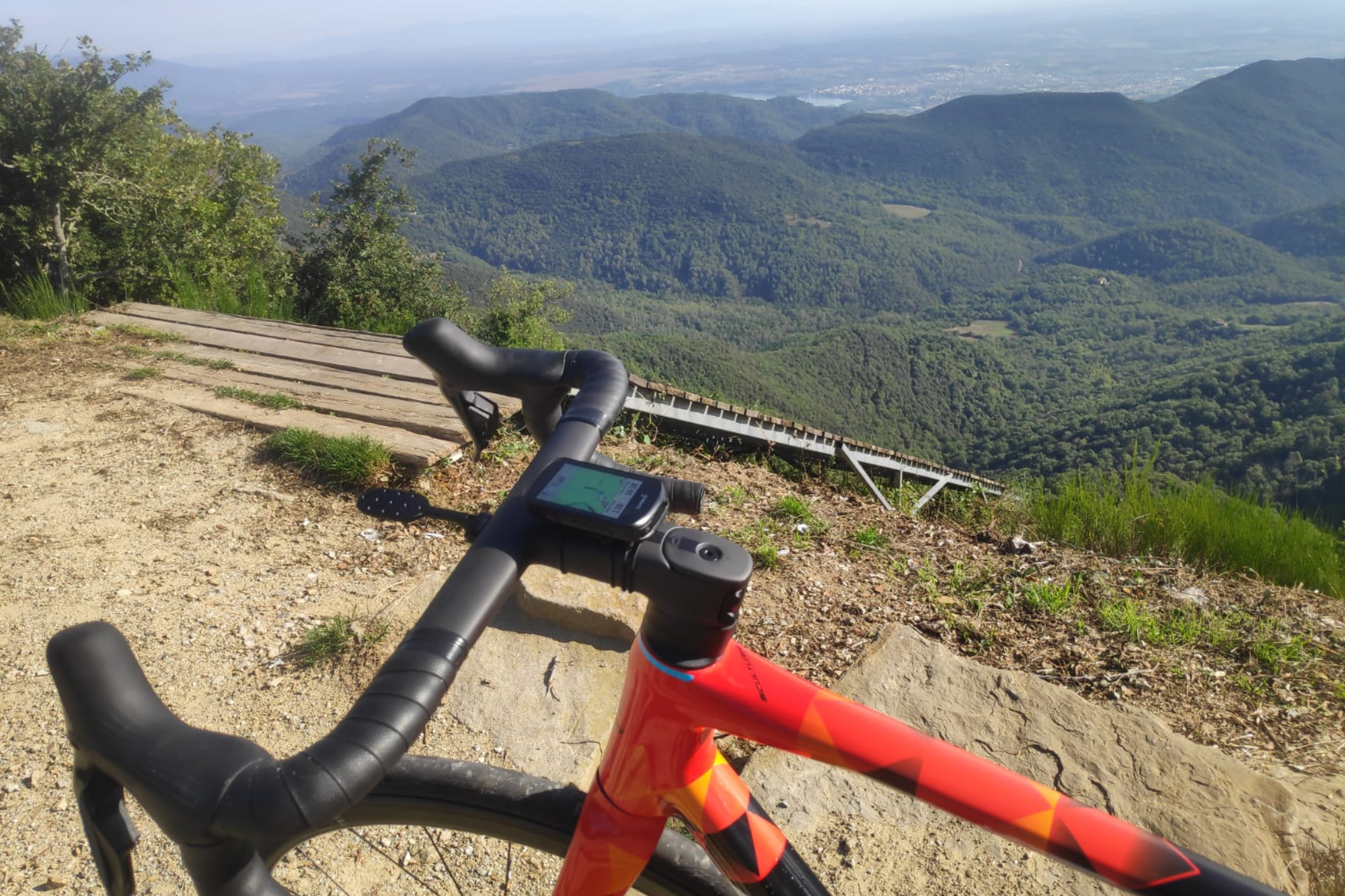
Naturally the new Dura-Ace will get its own review but briefly, the braking has stepped up another level. The first part of the lever pull feels a bit less grabby, making fine adjustments to your speed a little easier – before progressively ramping up to give easily as much power as the tyres could handle.
While the Vision Metron 45 SL wheels are a great match for the bike with their combination of aerodynamic performance and relatively low weight, they did feel a little more twitchy in the crosswinds than other wheels of a comparable depth – even despite the very blunt U-shaped profile. If you generally ride wheels that are rather deeper, you likely wouldn’t even notice, but it’s worth being aware of if your preference tends to be for shallower rims.
Value
At $10,700 / £7.750, the Scultura Team might not scream mega value, but compared to other World Tour spec bikes, it really does undercut the competition. The Émonda SLR 9 Disc eTap in Trek-Segafredo colours comes in at $12,499.99 / £11,500, while Specialized’s S-Works Tarmac SL7 with Dura Ace Di2 is $14,000 / £12,500.
Conclusion
If you’re after World Tour performance – but want to stay on the friendly side of £10,000 – Merida’s Scultura Team offers a winning combination of low weight and aerodynamics, making the bike feel fast pretty much wherever you ride it.

Thank you for reading 20 articles this month* Join now for unlimited access
Enjoy your first month for just £1 / $1 / €1
*Read 5 free articles per month without a subscription

Join now for unlimited access
Try first month for just £1 / $1 / €1
Get The Leadout Newsletter
The latest race content, interviews, features, reviews and expert buying guides, direct to your inbox!

After winning the 2019 National Single-Speed Cross-Country Mountain Biking Championships and claiming the plushie unicorn (true story), Stefan swapped the flat-bars for drop-bars and has never looked back.
Since then, he’s earnt his 2ⁿᵈ cat racing licence in his first season racing as a third, completed the South Downs Double in under 20 hours and Everested in under 12.
But his favourite rides are multiday bikepacking trips, with all the huge amount of cycling tech and long days spent exploring new roads and trails - as well as histories and cultures. Most recently, he’s spent two weeks riding from Budapest into the mountains of Slovakia.
Height: 177cm
Weight: 67–69kg
-
 A bike rack with an app? Wahoo’s latest, and a hub silencer – Sea Otter Classic tech highlights, Part 2
A bike rack with an app? Wahoo’s latest, and a hub silencer – Sea Otter Classic tech highlights, Part 2A few standout pieces of gear from North America's biggest bike gathering
By Anne-Marije Rook Published
-
 Cycling's riders need more protection from mindless 'fans' at races to avoid another Mathieu van der Poel Paris-Roubaix bottle incident
Cycling's riders need more protection from mindless 'fans' at races to avoid another Mathieu van der Poel Paris-Roubaix bottle incidentCycling's authorities must do everything within their power to prevent spectators from assaulting riders
By Tom Thewlis Published
-
 Man hands himself in to Belgian police after throwing full water bottle at Mathieu van der Poel during Paris-Roubaix
Man hands himself in to Belgian police after throwing full water bottle at Mathieu van der Poel during Paris-Roubaix30-year-old was on Templeuve-en-Pévèle cobbled sector when television pictures showed the bottle hitting him in the face
By Tom Thewlis Published